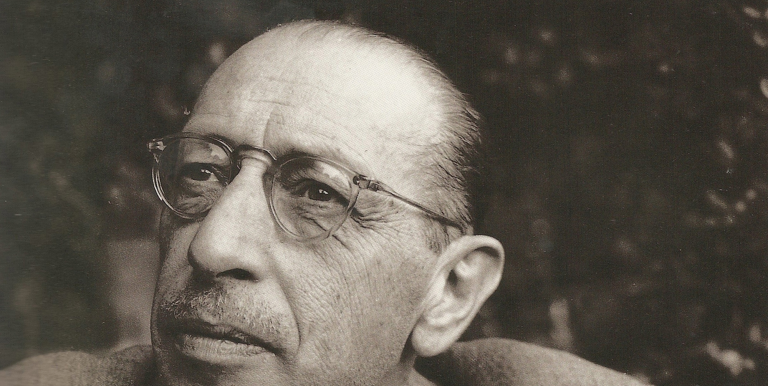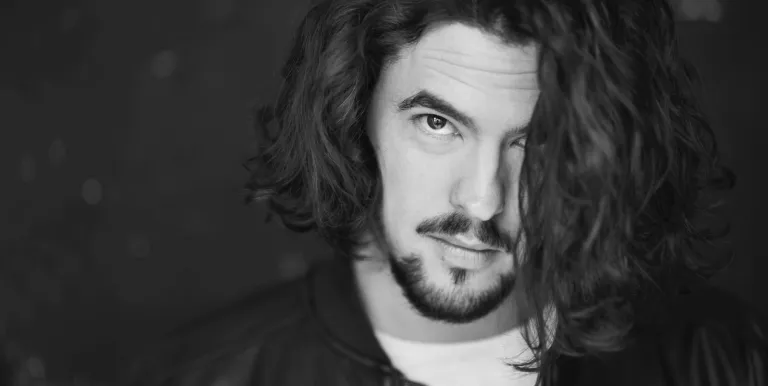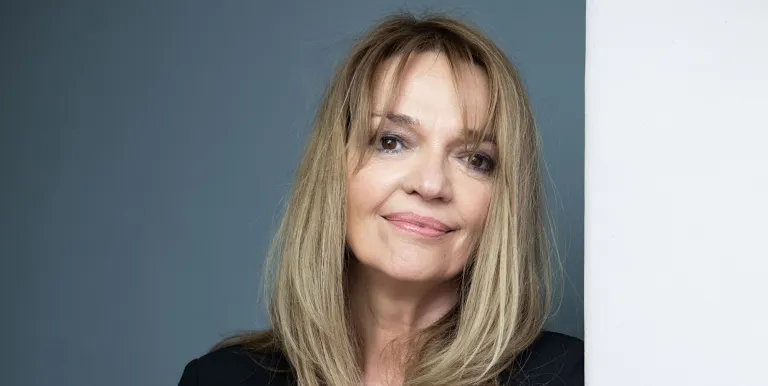Conductor:
Featuring:
Creator:
We would like, even during this extraordinary situation, for the Müpa Budapest audience to still be able to encounter the world's most outstanding and thrilling artists each evening - this time in their own homes. It is precisely for this reason that we have decided to unlock our media library for everyone over the weeks to come and - each night at the familiar times - open Müpa Budapest's virtual concert hall and auditoriums by providing access to a single unforgettable performance from past years.
The performance will be broadcasted on our website, Facebook-page and YouTube channel.
The basic idea of Sacre captivated Stravinsky's imagination after he had finished The Firebird but Petroushka delayed the piece coming into being until 1913. As the autobiography of the composer reveals, he did not have time even for a rough draft of the piece, so much was he absorbed in working on Petroushka. He imagined a work in symphonic form in the first place, but the basic motif was a vision of a Russian ritual from pagan times in which the awakening of spring - the revival of nature - is greeted by the sacrifice of a young human. The introductory, atmospheric and expressive melody on the bassoon - originally a Lithuanian folk tune - portrays the atavistic fear of the power of the elements.
The revival of spring is first saluted by young men. They learn the secrets of nature from an old woman of experience. Then young girls arrive from the river and join the men in their dancing. This dance, however, does not show the carefree gaiety of ordinary festivities: instead, it is a fateful ritual, fraught with danger. Elders enter the scene, a Sage and a High Priest, who blesses the earth. The dance of the earth symbolises fertility, the perpetual circulation of vegetation. This brings part one to an end. The second part begins with the shadow-like dance of the girls. They form a magic circle in which the ritual of selection takes place: the chosen one will be sacrificed to the earth in atonement for wasting its powers. The girls dance around the chosen one and invoke the ancestors, who carry the body of the sacrificed girl to heaven.
'Although I had imagined the subject of Le Sacre du Printemps without a plot, I had to work out some kind of plan for the religious rituals. To this end, I had to see Roerich, who in those days was to be found in Talashkino, on the estate of Princess Tenisheva, the great patroness of Russian art. I went to meet him there andn we came to an agreement regarding a theatre performance of Sacre and the order of episodes of the piece. Getting back to Ustilug (the estate of the Stravinsky family), I began composing…” - recollects the composer.
The way he describes the genesis and staging of the piece is most instructive. Sacre saw the début of the dancer genius Vaslav Nijinsky as choreographer. Stravinsky also writes about the premiere, which was probably the greatest scandal in the history of music. 'Le Sacre du Printemps was first presented on 28 May (1913) at a gala night. (…) Due to the difficulty of my score, lots of rehearsals were necessary; led by Monteux with his usual thoroughness and conscientiousness. As regards the stage performance I am unable to express an opinion, because after the laughter and sardonic shouting had broken out I left the auditorium. I was infuriated. The initial, scattered demonstrations spread around and provoked counter-demonstrations, culminating soon in a terrible din. I remained backstage next to Nijinsky throughout the entire performance. Standing on a chair, he was shouting at the dancers at the top of his voice: »sixteen, seventeen, eighteen« (he kept time for them with these figures). The poor dancers of course couldn't hear a word, owing to the excitement in the auditorium and the thumping of their own feet. I had to hold back the raging Nijinsky by his clothes, as he was ready to rush on stage any second to make a scandal. Diaghilev wanted to put an end to this rampage and so he either ordered the lights to be put on in the auditorium or to put them out. That's all I have in my mind about the premiere. The scandal was even more shocking after a calm dress rehearsal. Moreover, lots of artists were present, painters, musicians, writers, representatives of the most educated in society; I never expected the outrage caused by the performance.”
Stravinsky's most important composition was performed 101 years after its premiere as the final concert in the Marathon, played by the BFO.
This recording was made at a concert held at Müpa Budapest on 7 February 2015.
Presented by:










